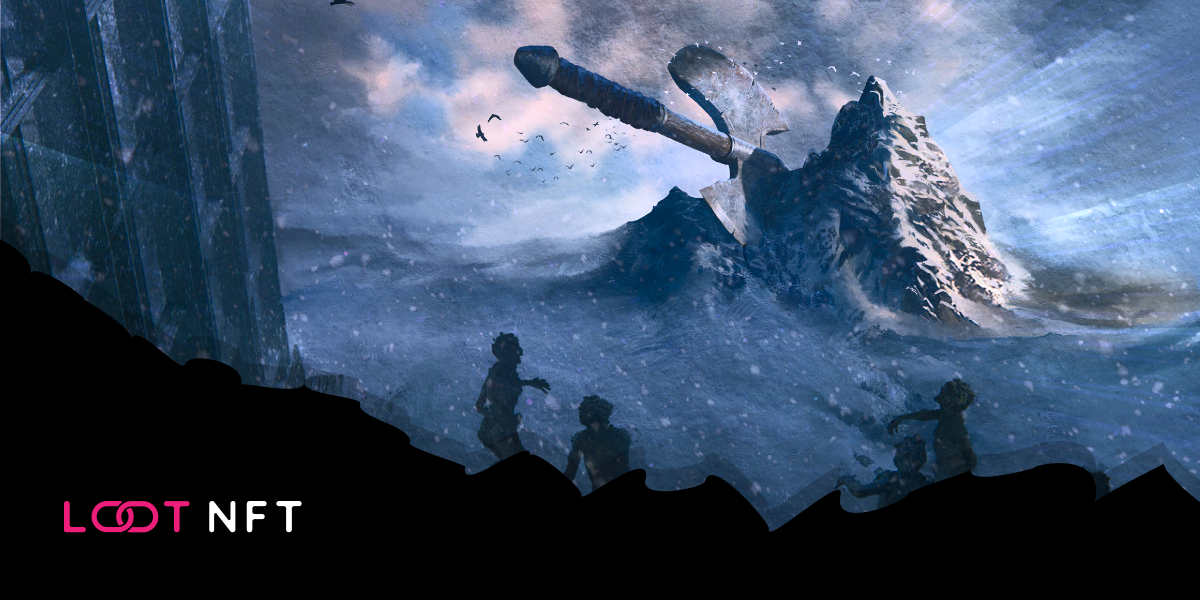The God Matrix: Bringing Natural Disasters to the Metaverse
Disclaimer: The text below is an advertorial article that was not written by Cryptonews.com journalists.

Facebook’s announcement last month that it would be changing its parent name to Meta was groundbreaking. The move, that marked the dawn of “the next evolution of social connection,” including 3D spaces where you can “socialize, learn, collaborate and play in ways that go beyond what we can imagine,” was a milestone not only for the social media giant itself but also for a new generation of companies that are now following suit.
The term metaverse (the combination of meta and universe) was coined in 1992 in science fiction novel “Snow Crash”, to describe a virtual universe accessed by VR tech. Facebook’s aim of the metaverse is to provide an experience that is as immersive as possible, replacing reality with computerized simulations and virtual communities. Through the use of VR headsets and augmented reality glasses, users can meet, work, play, and even shop in an alternate reality.
Other companies jumping on the metaverse bandwagon so far include Chinese social media and gaming giant Tencent, which has reportedly entered the metaverse, as well as Roblox, which has also announced its plan to enter the space.
Another player in the tech world that has recently embraced the migration to the metaverse is Loot NFT. Its fully immersive NFT experience spans an ecosystem of six divisions, including a gaming arena, business fund, virtual world, blockchain, auction tablet and commercial center.
Each component of Lootverse has been curated to operate as a separate entity, while still being cohesively interoperable with single sign-on capabilities and shared transaction ledgers. Loot NFT’s ecosystem provides its “Lootizens” with an alter-ego and it has already sold over 50 NFTs to date, bringing in over USD 1 million in sales.
The God Matrix
Lootverse has many dimensions, but its most recent piece is the God Matrix, a fully immersive gamified experience where players can “navigate risk, opportunities, luck, progress, regress, and a suite of emotional reactions”.
Loot NFT world was built around the concept of “uncertainty”, with the ideology that life is full of ups and downs. The company says it was inspired by the notion that “few of us are interested in living without ups, downs, fun, and excitement.”
Like your favorite adventure video game, Loot NFT says that the events that occur in the God Matrix can be anything from a natural disaster, conflicts, theft, or the death of an alter ego. Simulating real-life, players, aka Lootizens, can be tourists, plot owners, or renters and are subject to natural disasters like tornadoes or tidal waves, in turn making them pay damages unless they have sought out insurance.
Loot NFT is already seeing demand from its early adopter community for funds, insurance, exchange, media, data analytics, and other exotic Lootversian licenses. Each license is an NFT tagged to a plot—like a business that needs a registered address, made possible through Loot NFT’s economy which offers a stable coin as well as its native currency (LTT).
For a newcomer, the complicated world of Loot NFT can be easily explained using an analogy for Monopoly. Just like the popular board game, everything in Lootverse is designed to be as close to reality as possible—the end goal of the metaverse. While Monopoly has Chance and Community Chest cards, Loot NFT incorporates the God Matrix; the board game players use Monopoly Money, Lootizens have LTT. Its aim is to become the parallel world game on a large scale where new businesses can flourish and incubators can be planted.
“We hope that one day, Lootizens can wake up, read stories on Lootverse News Network (LNN), take care of business inside the world, vote in the parliament, improve their plots, manage their business, and deal with opportunities and setbacks, as they do on Earth,” the company stated in its announcement.



